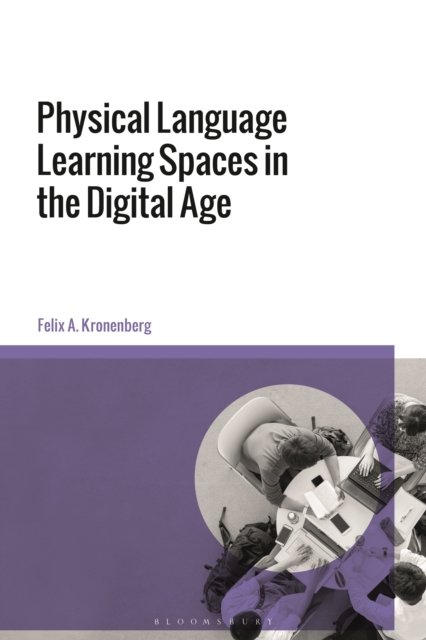
Physical Language Learning Spaces in the Digital Age PDF
by Kronenberg Felix A. Kronenberg
Description
How do we intentionally design physical environments for language learning and teaching? How can we build spaces that are inclusive, accessible, safe and equitable?
While the Covid-19 pandemic has advanced notions of online education, it has also revealed the benefits and affordances of human-to-human interaction in physical learning spaces.This book explores the design of physical spaces intended for language learning specifically.
From residential learning spaces to active classrooms, from social and experiential spaces to zoom rooms and language centers, from mobile community-based learning to hybrid makerspaces, language learners and educators have more choices than ever regarding their possible learning environments. Changing pedagogies and new technologies provide ever more alternatives to the normalized technology of the classroom. With a focus on creating new awareness of the affordances and benefits of physical spaces as active agents in the language learning and teaching processes, this book takes a practical approach to introduce readers without any prior knowledge of design or architecture to the topic. As language learning spaces need to consider stakeholders from diverse cultures, Felix Kronenberg provides examples from language centers around the world, including Asia, Europe and the United States. Readers will learn how to conceptualize and create supportive, resilient, flexible, inclusive, accessible, affordable, sustainable, and safe physical learning spaces. The book is an interdisciplinary introduction to this emerging field, drawing from research in disciplines such as architecture, learning spaces design, second language acquisition, pedagogy, history, and sociology.
Information
-
Download - Immediately Available
- Format:PDF
- Pages:208 pages
- Publisher:Bloomsbury Publishing
- Publication Date:08/02/2024
- Category:
- ISBN:9781350287167
Other Formats
- EPUB from £72.90
Information
-
Download - Immediately Available
- Format:PDF
- Pages:208 pages
- Publisher:Bloomsbury Publishing
- Publication Date:08/02/2024
- Category:
- ISBN:9781350287167






